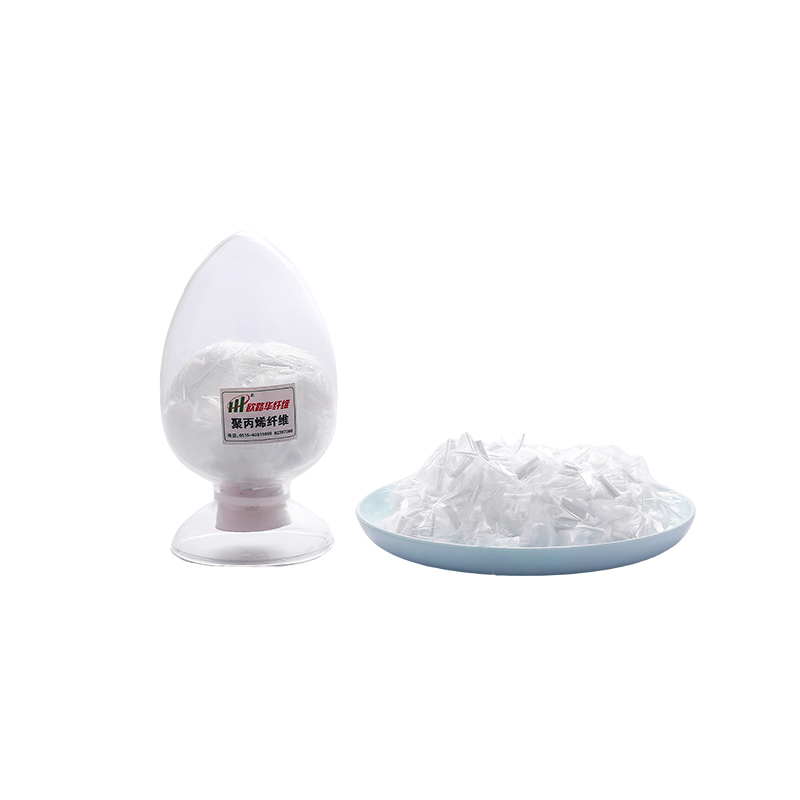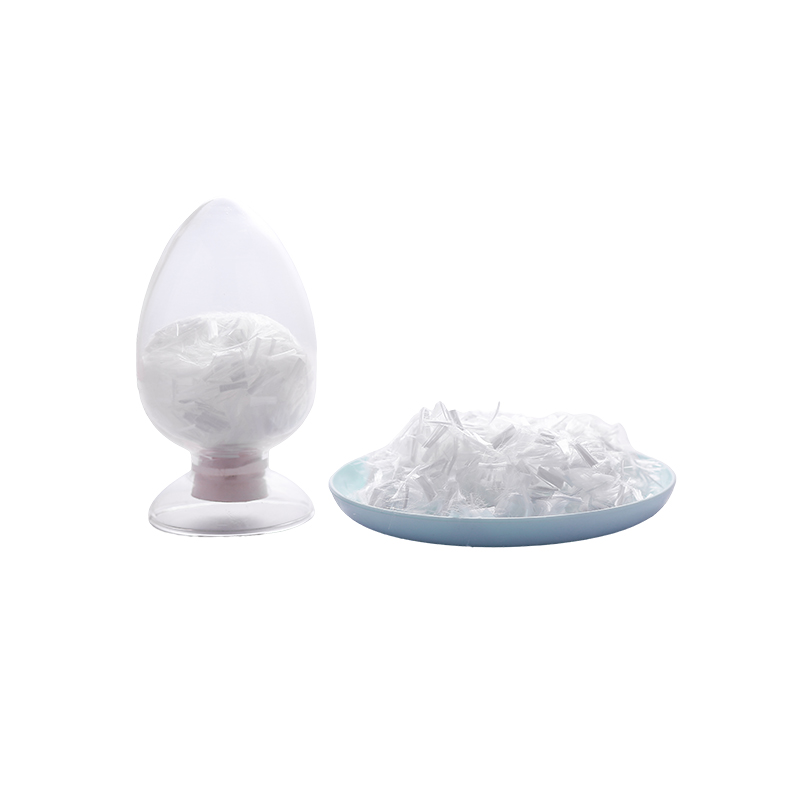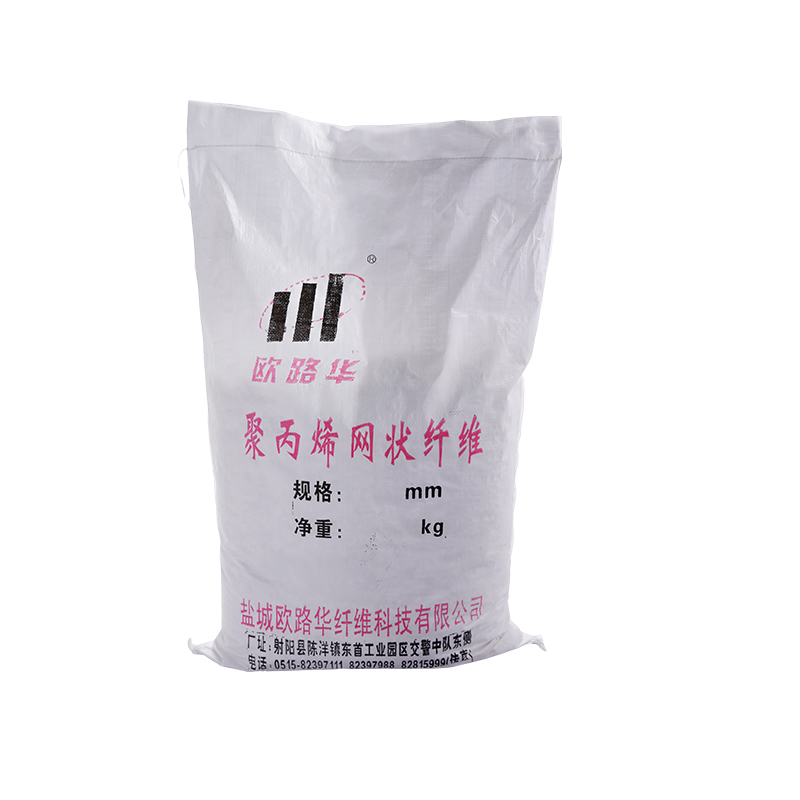Polypropylene Fibers
OLH-JBXJ
Polypropylene engineering fiber is a chopped organic fiber made from polypropylene and other materials through a special process. It is acid-resistant, alkali-resistant, hydrolysis-resistant, and has extremely high chemical stability. It is suitable for mortar/concrete projects.
New engineering materials that are crack-resistant, impermeable, earthquake-resistant and wear-resistant. Adding polypropylene engineering fibers to concrete can greatly improve the concrete's crack resistance, impermeability, impact resistance, earthquake resistance, abrasion resistance, burst resistance, workability, pumpability, and water retention. In addition, it can greatly improve the sprayed concrete The thickness, strength and rebound loss rate of one shot are reduced, making the concrete have good toughness and integrity. The use of this product can significantly improve the quality of concrete projects, greatly extend the life of buildings, and reduce future maintenance costs.
The third-generation polypropylene engineering fiber developed by our company has unique high dispersion, which completely solves the problem of fiber being difficult to disperse and mix in concrete, ensuring the best quality of fiber concrete and winning the recognition of the majority of users.
Instructions for using polypropylene fiber in concrete
1. Recommended dosage
Add 0.6-1.8kg per cubic meter of concrete
Add 0.9-1.2kg per cubic meter of mortar (the original ratio of concrete/mortar remains unchanged) 2. Fiber length selection (for reference)
Concrete project: 12~19mm
Mortar with thicker plastering layer: 6~19mm
Mortar with thin plastering layer: 6~10mm
Serial number | Parameters | Technical Requirements Polypropylene Monofilament Fiber |
1 | Length | Average value(mm) | 10~38 |
2 | Deviation(%) | ±10 |
3 | Diameter | Average value(μm) | 15~35 |
4 | Deviation(%) | ±10 |
5 | Breaking strength(MPa) | ≥270 |
6 | Elongation at break(%) | ≥8.0 |
7 | Density(g/cm) | 0.910±0.040 |
8 | Curly fiber content(%) | ≤3 |
9 | Melting point(℃) | ≥160 |




